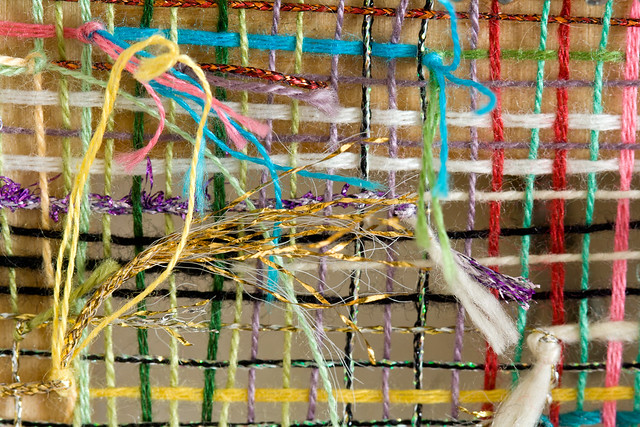However, once you understand that it can easily be broken down into a sequence of steps, it becomes much more manageable.
There are really just a few main steps to the process! Learn these simple steps, and your writing will begin to come more easily.
CONCEPTUALIZING involves deciding on a topic and developing research questions. As you do research, you will also continue conceptualizing as you zoom in on the perspective and central focus for your paper. This will lead to your framing: deciding on your paper’s thesis and its subset of main points, which will form the backbone of your paper’s structure.
GATHERING: Researching and finding information has never been easier, using electronic and print sources. Be sure to use a variety of sources from the academic databases on the library website and do not rely exclusively on “Googled” web material.
When researching, what you are seeking is supporting evidence for your main points, though what you learn may also help you to adjust your main points.
The key is filtering and critically evaluating the information you’ve found (assessing its credibility) to make certain that it is the most appropriate for your needs.
Learning to take good notes and to document your sources as you do so will help you tremendously in the long run.
ORGANIZING AND STRUCTURING is simply a matter of taking your frame--that “backbone” or blueprint of thesis and main points—and using it to create an outline. Then the outline guide becomes a formula to assist you in “weaving” (incorporating other peoples’ information and ideas into your framework).
A. You should always have an introductory paragraph or section that opens with (1) an attention-getting opener to engage and hook your reader. Then you clearly (2) state your thesis. The third component of the introduction is (3) a brief preview of your upcoming main points.
B. The body of your paper will consist of a series of sections built around your main points. Three main points is ideal, so most bodies have three sections. You may use headers for each section if desired.
The main point should be clearly stated at the beginning of each section, and then the remainder of the section includes the supporting evidence for that main point. Supporting evidence may include examples, statistics or other facts, and other support from experts found in your research.
C. The final paragraph or section of your paper will be your conclusion. This should begin with (1) a summary review of your main points, then lead to (2) a restatement of your thesis, and close with (3) a memorable closing which leaves the reader thinking about your paper and its ideas long after it has been put away.
WEAVING. One important component of academic integrity is learning how to incorporate other peoples’ ideas and information while still maintaining your own writing “voice".
This is perhaps the hardest thing for young writers to learn. The key to keep in mind when synthesizing and integrating your research materials into your paper is to always
(1) Introduce and attribute the source of the ideas, no matter whether you quoted directly or paraphrased. This means including in your writing the name(s) of the people who originated the ideas, using phrases like “According to Livingston, …” or “As Livingston noted,….”
(2) Paraphrase (put the ideas in your own words) wherever possible. ONLY USE QUOTES SPARINGLY — quotes should only be used when the original author’s phrasing or vocabulary is so lyrical or eloquent that you absolutely could not do it justice if you paraphrased it. If you use quotes, always introduce and attribute them and then comment upon them. Never let quotes just stand alone in your paper.
(3) Whether the information is quoted or paraphrased, the sources must always be cited using one of the academic citation styles. For this class, we generally use APA style (see www.apastyle.org), but you may also use MLA style. In most cases, this involves placing the author’s name and date of publication, along with page number if applicable, in parentheses at the end of your sentence or paragraph: (Wilson 2008, p. 37). This will then lead the reader to your Works Cited page (similar to a bibliography, though everything listed in the Works Cited page must be cited in parentheses in the text of your paper).
WRITING MECHANICS AND STYLE are the final area of focus. Once you have everything organized in the desired organizational structure, and once you are certain that you have adequately attributed and cited all sources of ideas in your paper, then you can go back through and work on polishing the clarity of your writing style.
• Make sure that all of your sentences are complete and grammatically structured.
• Consider your word choices and phrasing — have you expressed each idea as clearly as you’d like? Have you used the most descriptive and specific words that you could use?
• Doublecheck your punctuation: review your comma placement rules. Avoid either too many or too few commas, which are common errors. Be sure to use semi-colons and colons correctly. Avoid comma splice errors (this is when you insert a comma between two independent clauses, each of which could stand alone as a sentence—in this case, you should replace the comma with a period or a semi-colon).
• Proofread for typos and spelling errors
• Step back, review, and revise your paper several times as needed. The need for revision is not a sign of weak writing; to the contrary, revision is the hallmark of a good writer.
Happy writing!


